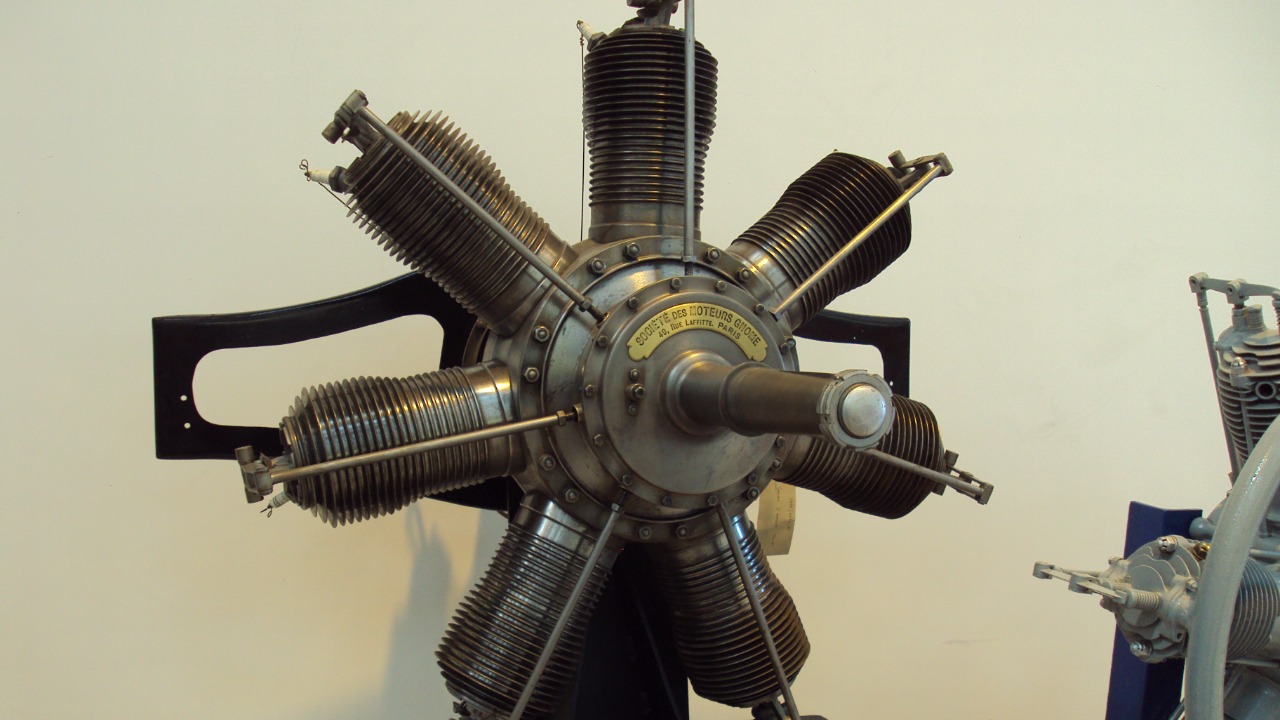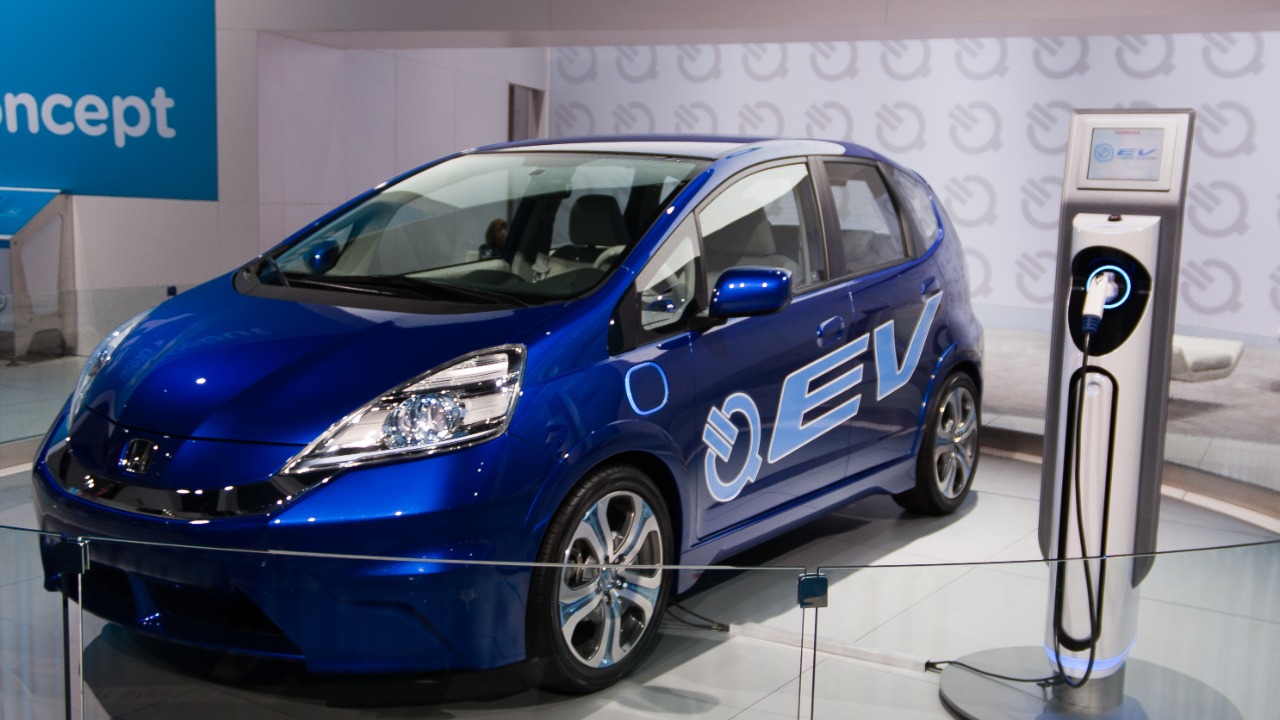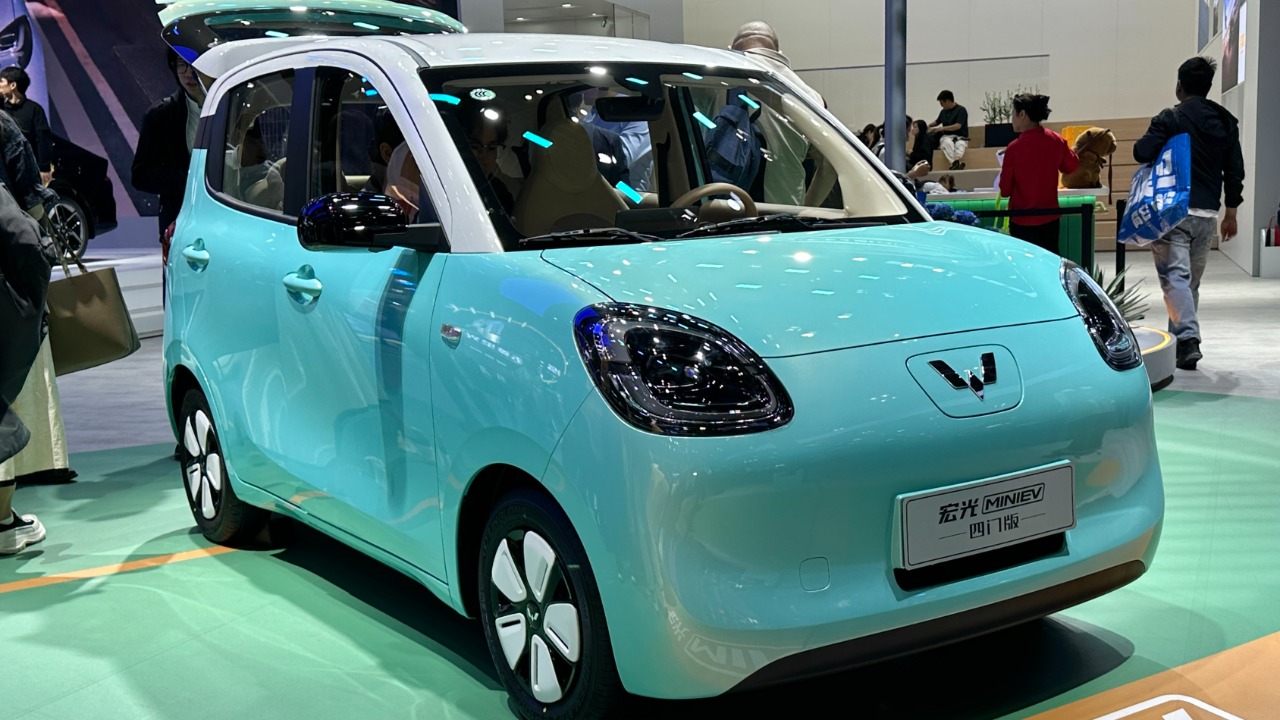
The Omega 1 Engine by Astron Aerospace is poised to revolutionize the automotive industry with its innovative design and efficiency. As a potential game-changer, it may significantly impact the future of traditional electric vehicles (EVs) by offering a superior alternative. Here, we explore the reasons why the Omega 1 Engine could herald the end of conventional EVs.
The Revolutionary Design of the Omega 1 Engine

The Omega 1 Engine stands out with its piston-less technology, a design choice that fundamentally alters how we perceive engine construction. By eliminating pistons, the Omega 1 achieves a lightweight and compact structure that not only enhances performance but also significantly boosts efficiency. This absence of pistons reduces friction and wear, leading to a more streamlined operation that traditional engines struggle to match.
Another groundbreaking feature of the Omega 1 is its 12-rotor configuration, which is unique in the automotive world. This setup allows for a higher power output and improved reliability. Unlike traditional engines that rely on a few large pistons, the multiple rotors distribute energy more evenly and effectively. The implications for power output and reliability are profound, setting the Omega 1 apart from both traditional combustion engines and electric motors.
The engine also boasts advanced engineering techniques and materials. The use of cutting-edge composites and alloys contributes to the engine’s durability and reduces maintenance needs. These materials ensure that the Omega 1 can withstand high operational stresses and temperatures, making it a viable alternative to traditional engines that often require frequent servicing. This advanced engineering not only enhances performance but also ensures longevity and reliability.
Performance Advantages Over Traditional EVs

One of the most compelling advantages of the Omega 1 Engine is its superior power-to-weight ratio. The engine’s innovative design allows it to deliver more power per unit of weight than traditional EVs, leading to better acceleration and overall performance. This makes it particularly appealing for performance vehicles where speed and agility are paramount. The lightweight nature of the engine not only contributes to efficiency but also enhances the driving experience, offering a level of responsiveness that electric motors often struggle to achieve.
In terms of range and efficiency, the Omega 1 Engine holds significant promise. Its design could potentially offer greater range than current EV technologies, making it an attractive option for long-distance travel. The efficient energy conversion process inherent in the engine’s design could translate into fewer fuel stops and longer journeys on a single tank. This is a critical advantage as range anxiety remains a significant concern for many potential EV buyers.
Moreover, the Omega 1 Engine’s design ensures instant torque delivery. This feature enhances driving dynamics and responsiveness, providing an exhilarating driving experience. Unlike electric motors that may have a delay in power delivery, the Omega 1’s immediate torque response ensures that drivers can enjoy a seamless and thrilling ride, making it a compelling choice for those who value performance and driving pleasure.
Environmental Impact and Sustainability

In terms of environmental impact, the Omega 1 Engine offers several advantages. It is designed to produce fewer emissions than conventional combustion engines, aligning with global sustainability goals. This reduction in emissions is crucial in the fight against climate change and pollution. The engine’s efficiency ensures that it burns fuel more cleanly, reducing the overall environmental footprint compared to traditional combustion engines.
Another significant advantage is its compatibility with alternative fuels, such as hydrogen or biofuels. This flexibility means that the Omega 1 could potentially operate on renewable energy sources, further reducing its environmental impact. The ability to adapt to different fuel types positions the engine as a future-proof solution, capable of evolving with advancements in sustainable energy technologies.
When considering the lifecycle impact, the manufacturing and recycling processes of the Omega 1 Engine are likely to be less resource-intensive than those of traditional EV batteries. The materials used are designed to withstand longer operational periods, reducing the need for frequent replacements. Additionally, the recycling of the Omega 1’s components is expected to be more straightforward and less environmentally damaging than the complex processes required for EV battery disposal.
Market Implications and Future Prospects

The introduction of the Omega 1 Engine has the potential to disrupt the current EV market. Its innovative design and performance advantages could shift consumer preferences away from traditional EVs. As the engine gains traction, it may influence automotive manufacturers to reconsider their current electric vehicle strategies. The Omega 1 could become a catalyst for change, prompting a reevaluation of what constitutes a sustainable and efficient vehicle.
There is also potential for broader adoption of the Omega 1 Engine across various vehicle types. Its versatility makes it suitable for personal cars, commercial fleets, and even heavy-duty vehicles. As more industries recognize the benefits of its design, the engine could see widespread implementation, further cementing its role as a viable alternative to existing technologies.
In terms of investment and development trends, the Omega 1 Engine is likely to attract significant interest from investors and developers. Its capabilities could lead to increased funding for research and development, spurring further innovations in engine technology. The engine’s potential to redefine vehicle performance and sustainability may inspire a new wave of technological advancements within the automotive industry.
Challenges and Considerations

Despite its promising features, the Omega 1 Engine faces certain challenges. Technical and engineering hurdles could arise during mass production and implementation. Ensuring that the engine maintains its performance and efficiency at scale will require careful attention to detail and precision engineering. Overcoming these challenges will be crucial to its successful integration into the mainstream automotive market.
Regulatory and policy barriers also pose potential obstacles. The engine will need to meet stringent emissions standards and safety regulations before it can be widely adopted. Navigating these regulatory landscapes will require collaboration with industry stakeholders and policymakers to ensure compliance and facilitate smooth market entry.
Finally, consumer acceptance and education will be vital for the Omega 1 Engine’s success. Educating consumers about the benefits and advantages of this new technology will be essential in overcoming skepticism and fostering widespread adoption. Building trust and understanding among potential buyers will play a critical role in establishing the Omega 1 Engine as a legitimate and desirable option in the automotive market.